Kodak is no longer a household name, but for a long time, if you spoke about photography, most people would’ve thought about them, such was the success of their push to bring cameras to the masses.
While photo journalists were recording history using Leicas, and Hasselblads were going into space; Kodak was more comfortable living in every living room in the US, tasked with the more mundane but no less important job of capturing all those “kodak moments” that would end up in the family photo albums, and eventually become a great record of the golden age of the middle classes.
Introduced in 1939, the Retinette was one of these cameras, designed to be a cheaper alternative to the more famous Retina series, it is still a very capable camera and much more compact than its more expensive brothers.
The particular model that I own – discovered in a long forgotten box in my father’s closet after his passing – is the 1A Type 042. By this model, the bellows of the pre-war Retinette cameras had been retired for a much more durable solid body design (built in Germany no less). As was the design in those times, the shutter is integrated into the lens so the controls are in a somewhat unusual position for anyone used to more modern compact cameras, but in exchange, you get a very nice setup in which you can adjust all your settings with a single hand without having to move it away from the lens.
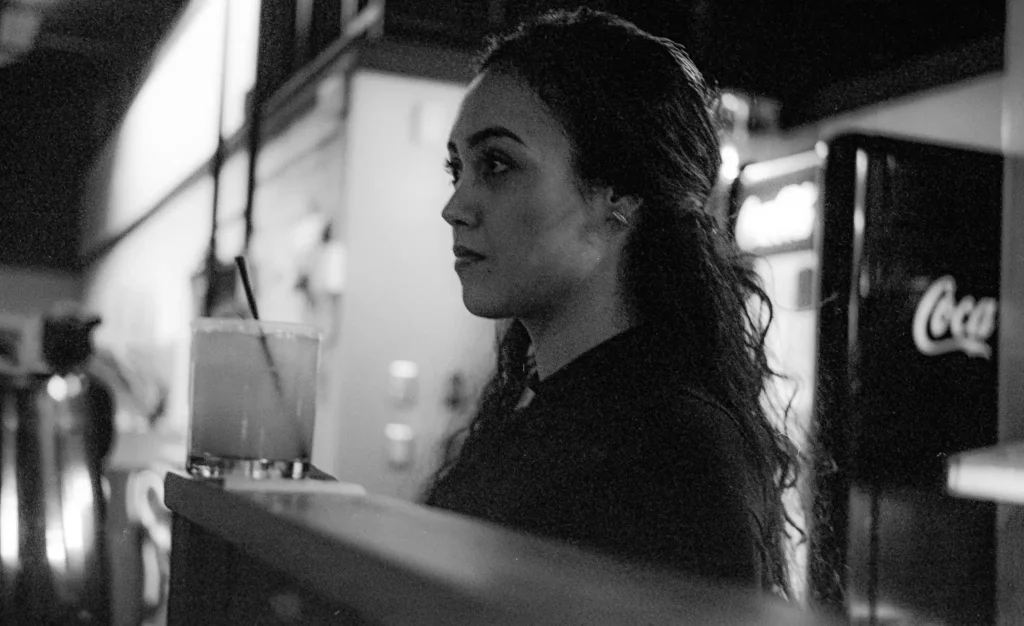
The Lens
Speaking of the lens, the 45mm Reomar (three element design, instead of the more common Tessar four element of the Retina models) is actually closer to a normal lens for 35mm format than the usual 50mm more commonly used nowadays, this makes for a very natural looking perspective in most photos that really show its family life documentary purpose. The lens holds 3 different rings for the three main functions, these are from front to back: focusing, shutter speed and aperture.
Focusing the Retinette
The Retinette focusing ring is nice and smooth on my copy, with a long throw of over 180 degrees and very clear engraved markings in the front. This is useful since there’s no rangefinder focusing on this camera, it is all done via zone focusing, made easier by the three “dot” system on the focus ring. This includes clicking stops at 6.5 feet, 10 feet and 30 feet, which roughly equate to portrait, everyday scene and landscape (30 feet being hyperlocal distance at f/4).
This system allows for very quick rough focusing in most conditions and allows for finer focus once you’ve developed the feel for distance estimation, with practice, you can achieve pretty good and consistent results. The lens also includes very clear zone markings, with a special marking for f/4 where the lens is at its best.
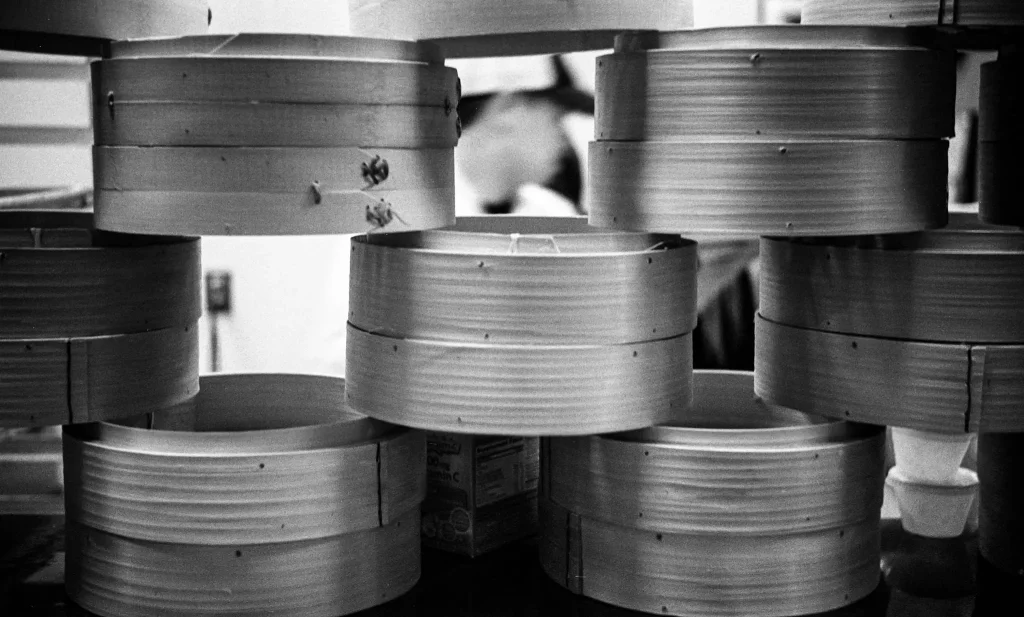
The aperture
The Retinette’s control for aperture is the ring closest to the camera body, and includes a metal tab to recognize it without having to look at it, it’s marked in full stops, though the manual states that intermediate points can be used safely.
The maximum aperture of f/2.8 is good for a compact camera of it’s time, and should allow plenty of versatility in general use, though you’ll have to be more careful with your focusing when going wide open. You will also notice that the results are less crisp than at f/4, but still very usable and with experience, even allow you to melt the background away into a very soft creamy bokeh.
At the other end of the scale, at f/22, this lens stops down far enough to allow you to just drop in your Tri-X film and walk around ready for most conditions, even if you decide to push it to 800 (like I did for the shots in this roll).
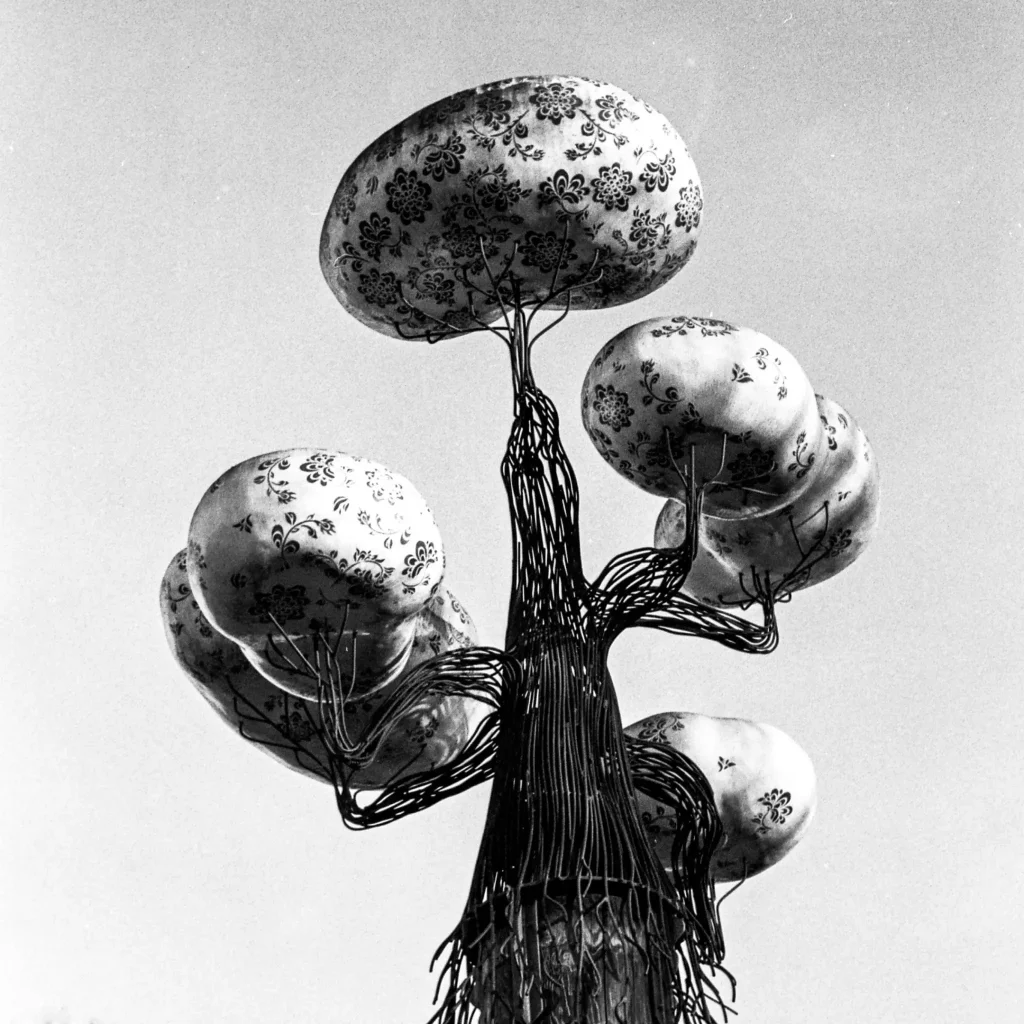
The shutter
The third component to the Retinette’s lens is the shutter speed ring; nested between the aperture and the focusing ones, it is the hardest of the three to use. This is mostly due to this being a fully mechanical shutter meaning you’ll be winding and unwinding the spring as you move it around, if you listen closely you’ll hear the wonderfully old-school sound of the timing spring as you adjust the shutter speed (the manual does state that it’s safe to adjust speeds with a tensioned springs, unlike other cameras of the time).
The available speeds go from 1/250 to 1/30 in full stops and a bulb mode. Also note that for the shutter speed, Kodak advises against using intermediate stops unlike the apertures. 1/250 might not be very fast, but it should be enough for most uses, and the small amount of possible values, mean that the timing tends to be very good, even on very old models, since the mechanism is somewhat simpler than on other cameras (I’m looking at you Nikon F2).
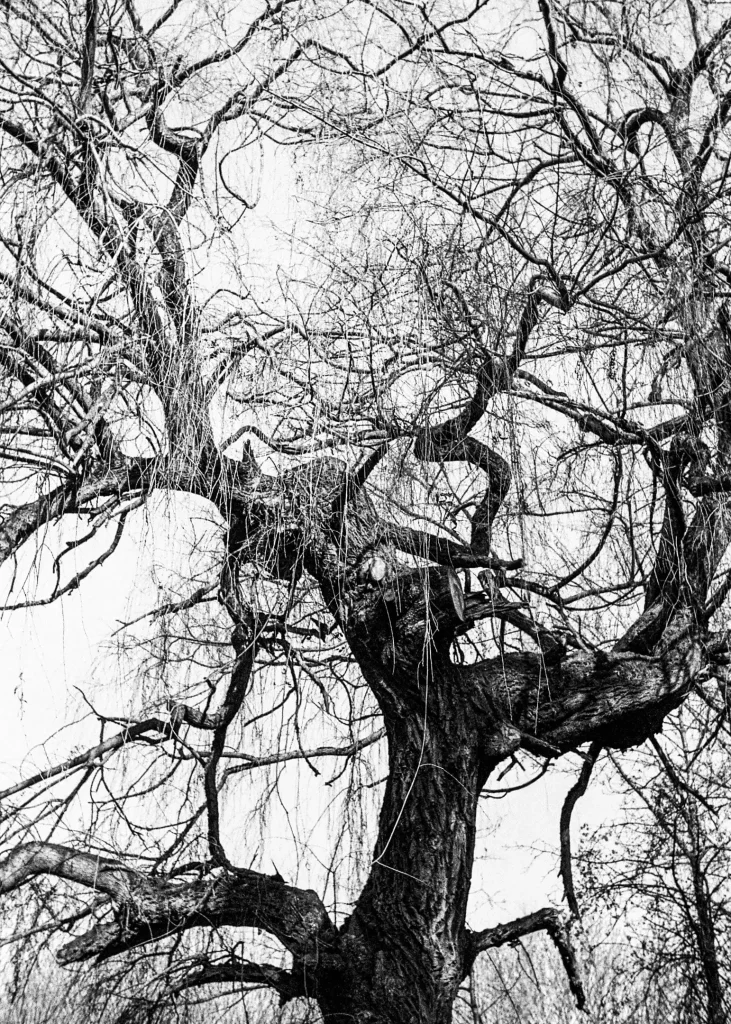
The self timer
The controls on the Retinette’s lens is rounded out by a self-timer lever on the bottom of the lens, that give you a 5 second timer for the shutter. In my particular camera, it tends to stick so I’ll have to get it cleaned at some point, but I rarely use this functionality.
One thing of note here, is that since the film advance is coupled to the shutter button, but not the shutter itself, if your self-timer ever sticks without you noticing, the camera will allow you to advance the film even if the shutter didn’t actually fire, (happened to me once), so that’s just something to watch out for.

The film Advance
The Retinette’s film advance mechanism is located on the underside of the camera instead of the more usual top, it seems to make for a great conversation starter when people see you wind it. It’s still a fast wind mechanism, so it only needs one stroke, and even in this old camera that hasn’t been CLA’d in a long time, the spacing was precise between every frame.
Right next to the lever, is the film release button, even though it is located right next to the lever, I never found myself pressing it by accident, so you don’t need to be too careful when winding. On the other hand, the back release button located on the left underside of the camera does feel like it might be in a riskier position, though when using the leather half case, it’s nicely protected, so I’d recommend using it with the case.
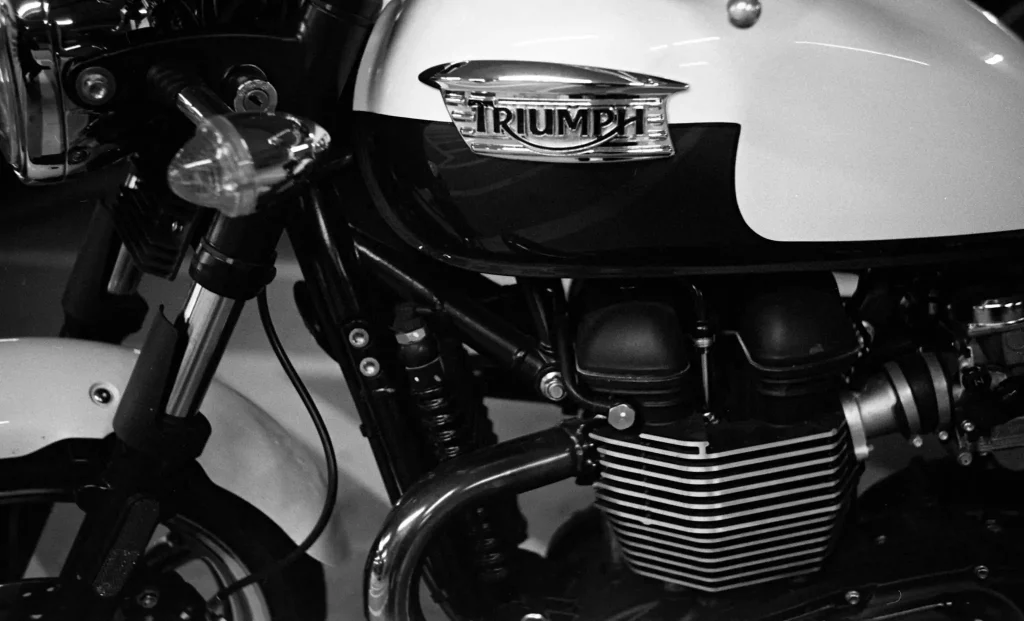
The top plate
Rounding out the top of the Retinette, you have on the far right, a frame counter, this one is a decreasing type, so that’s slightly uncommon, but perhaps clearer, since it always tells you how many frames you have left. This camera doesn’t auto reset the counter though, so when loading your film, you’ll have to reset it to the starting diamond sign. As a quirk of the time in which the camera was designed, the second diamond mark is for a 20 frame roll and not the more modern 24.
The far left of the top plate is your film rewind knob and a very crude film type indicator, usually I don’t even bother with it, but I guess there might be some people which might enjoy the novelty of it.
The camera does have a built in cold shoe, and since the lens includes a flash terminal, you could use a flash, but that seems like more trouble than it’s worth, and I would instead prefer to have either a light meter or a rangefinder mounted there instead.
The Shutter button
The final feature of the top of the Retinette is your shutter release button – this one is oddly under-designed compared to the rest of the camera, just a little tube on the top of the camera. It is threaded if you want to use a cable release, and the action itself is nice and pleasant, with enough resistance to prevent accidental shooting, but not enough that you’ll be afraid to shake the camera when you press it. This makes it very usable at even the slowest speed of 1/30, especially since the lens shutter means there’s no detectable shutter shake and almost no noise.
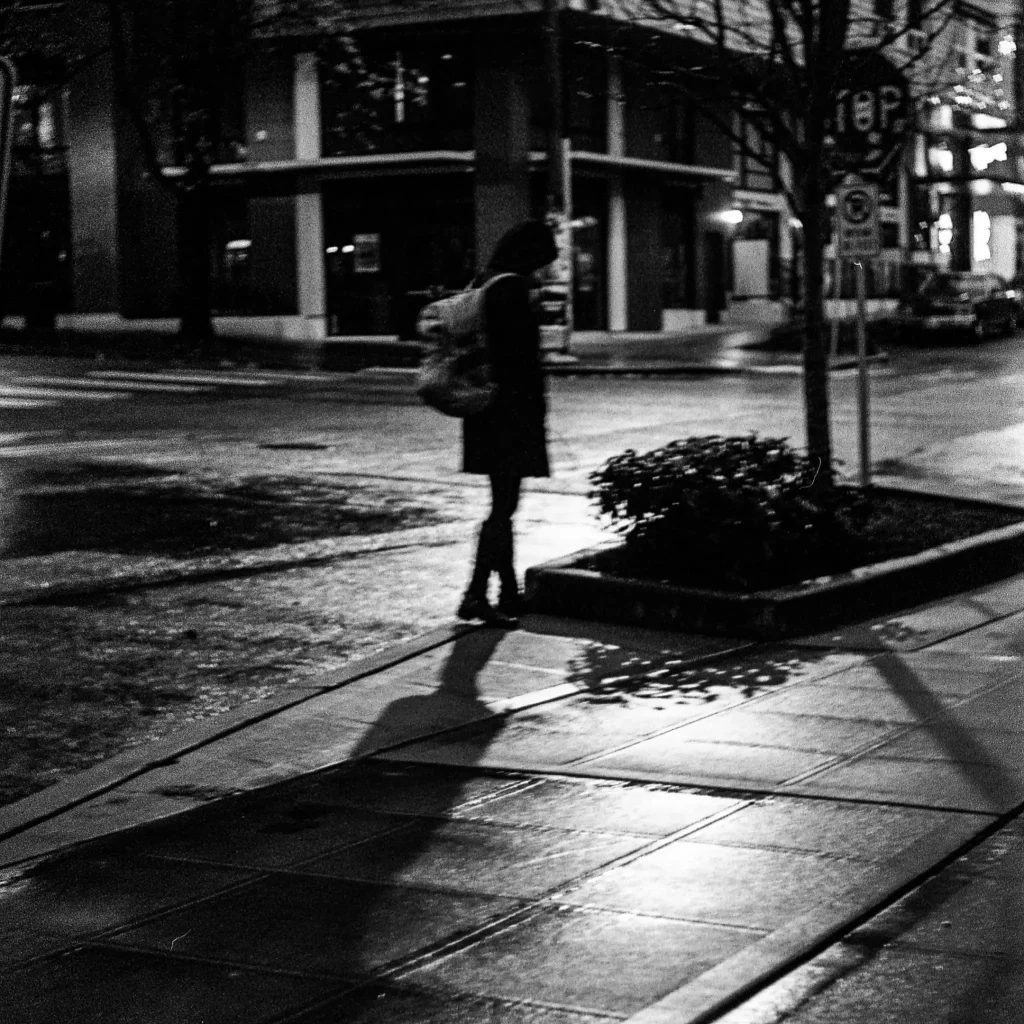
The viewfinder
The last important part of the Retinette, is the finder. It is positioned in line with the optical axis, which has the great advantage of reducing the parallax error by not having any horizontal displacement and only vertical, which I find easier to correct for anyways. The finder is not large by any means, but good enough for the purposes of this camera, and the lines are bright and clear. It even includes a parallax correction marker at the top of the frame that you’re supposed to use when shooting close subjects! The finder on my camera is somewhat dark, but this is understandable given the age of the camera. Given that there’s no focusing mechanism in there, it’s not really a problem even when shooting in low light conditions.
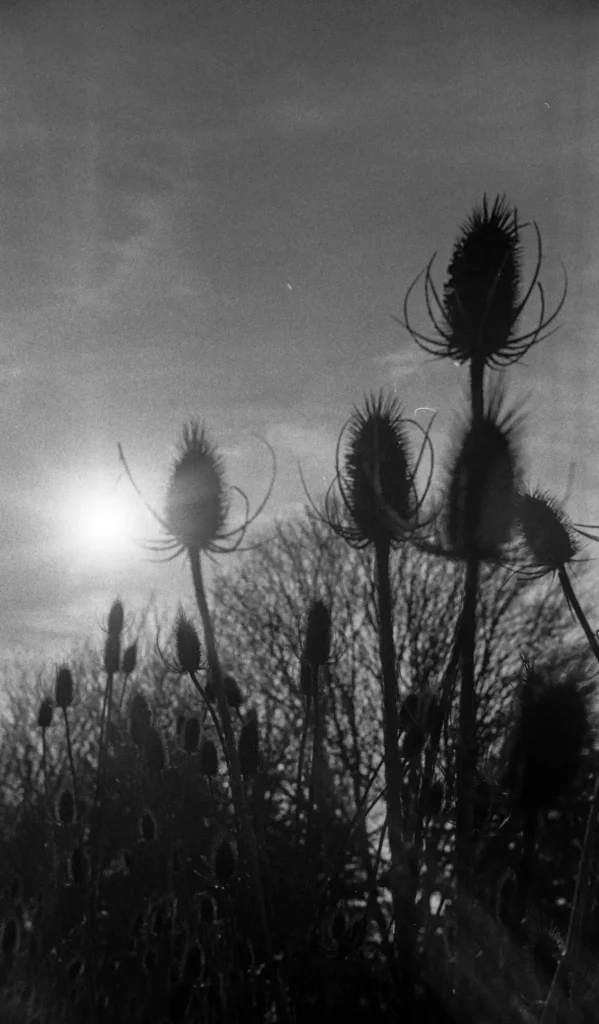
Final thoughts
All technical aspects aside, the Retinette is very fun to use, it gives you a very portable very capable film camera that forces you to be involved with the photo by making you operate every setting every time. It’s elegant design make it a pleasure to hold and I’ve found it’s retro look is one that people will feel inclined to ask you about. Add to it the quality construction, and you’ve got yourself an excellent compact 35mm camera for those that aren’t afraid to take photographs without any automation based help from the camera.
Share this post:
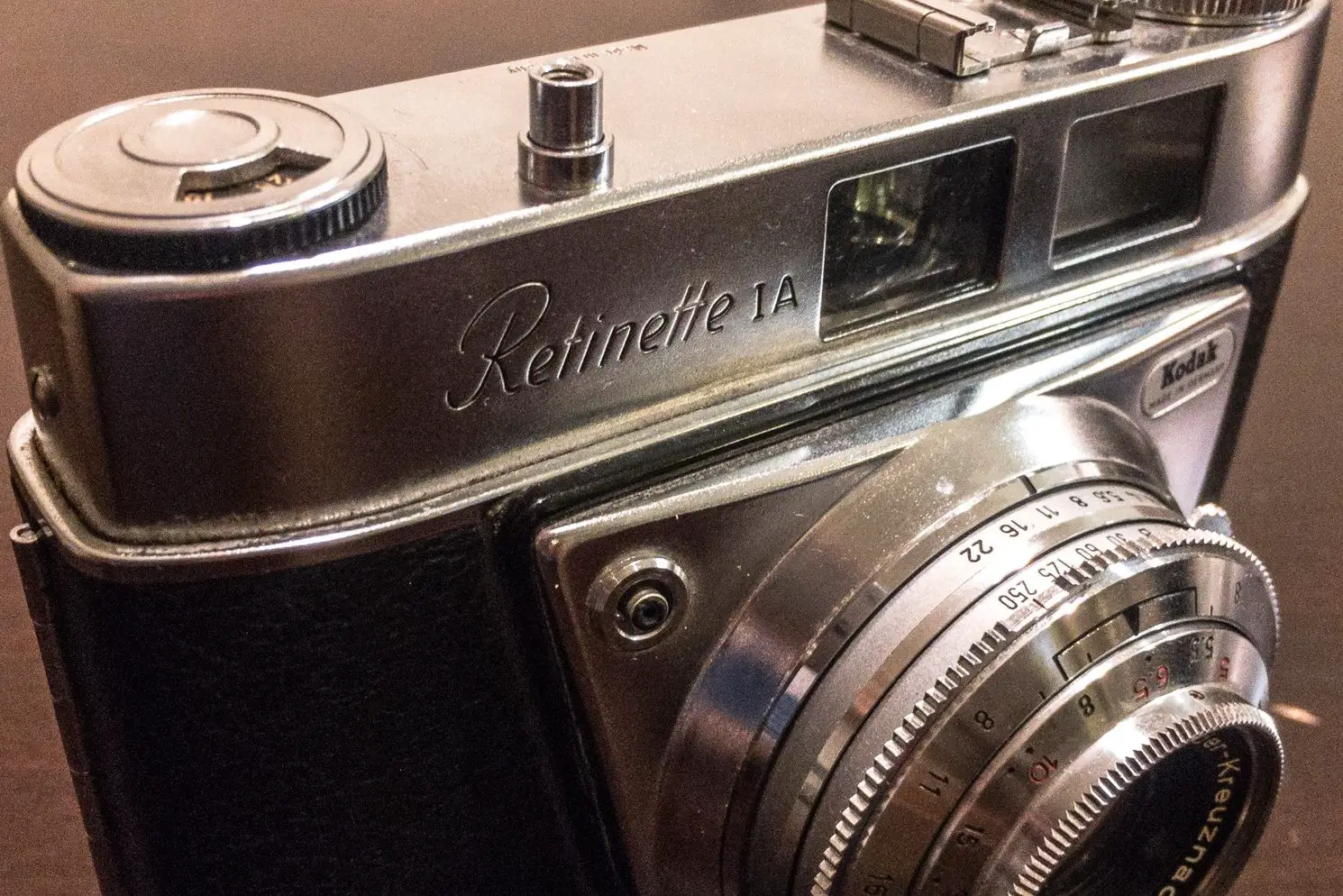








Comments
Jim Grey on Kodak Retinette 1A Review – A compact piece of Kodak History – by Carlos Argott
Comment posted: 28/05/2017
Comment posted: 28/05/2017
Mick on Kodak Retinette 1A Review – A compact piece of Kodak History – by Carlos Argott
Comment posted: 28/05/2017
It is the photographer not the machine. I found recently some slides from a 70's trip to NYC taken with my Mom's Kodak 126 Instamatic. I was amazed by the lifelike qualities.
Time allowing I might write a piece on my Retina I typ 119 from the 1937.
Comment posted: 28/05/2017
Richard Williams on Kodak Retinette 1A Review – A compact piece of Kodak History – by Carlos Argott
Comment posted: 28/05/2017
Comment posted: 28/05/2017
Andy Collins on Kodak Retinette 1A Review – A compact piece of Kodak History – by Carlos Argott
Comment posted: 09/06/2017
Comment posted: 09/06/2017
Dan on Kodak Retinette 1A Review – A compact piece of Kodak History – by Carlos Argott
Comment posted: 14/06/2017
Comment posted: 14/06/2017
Peter Boorman on Kodak Retinette 1A Review – A compact piece of Kodak History – by Carlos Argott
Comment posted: 21/01/2018
Jenny Kinnear on Kodak Retinette 1A Review – A compact piece of Kodak History – by Carlos Argott
Comment posted: 05/03/2018
Martin Wills on Kodak Retinette 1A Review – A compact piece of Kodak History – by Carlos Argott
Comment posted: 27/01/2019
Troy on Kodak Retinette 1A Review – A compact piece of Kodak History – by Carlos Argott
Comment posted: 24/04/2020
Comment posted: 24/04/2020
Lachlan Burrell on Kodak Retinette 1A Review – A compact piece of Kodak History – by Carlos Argott
Comment posted: 13/10/2020
Comment posted: 13/10/2020
Dean Holt on Kodak Retinette 1A Review – A compact piece of Kodak History – by Carlos Argott
Comment posted: 05/11/2020
Ive got to say, the photos that have come from that little camera are fabulous, really impressive and the DOP is beautiful. I'm assuming that you know your stuff and have experience with zone focusing...me on the other hand, do not so its going to be a slightly expensive learning curve :-) Though it did come with a Krester rangefinder, an old sixty light meter etc.
I'm glad I found your post. Very informative, interesting and most of all, it prompted me to go and buy one.
Steven Morse on Kodak Retinette 1A Review – A compact piece of Kodak History – by Carlos Argott
Comment posted: 06/02/2022
Comment posted: 06/02/2022
Tom Redd on Kodak Retinette 1A Review – A compact piece of Kodak History – by Carlos Argott
Comment posted: 21/04/2022
George on Kodak Retinette 1A Review – A compact piece of Kodak History – by Carlos Argott
Comment posted: 12/07/2022
Comment posted: 12/07/2022
Kodachromeguy on Kodak Retinette 1A Review – A compact piece of Kodak History – by Carlos Argott
Comment posted: 13/07/2022
https://worldofdecay.blogspot.com/2022/05/1950s-optical-excellence-kodak-retina.html
Jose on Kodak Retinette 1A Review – A compact piece of Kodak History – by Carlos Argott
Comment posted: 05/08/2023